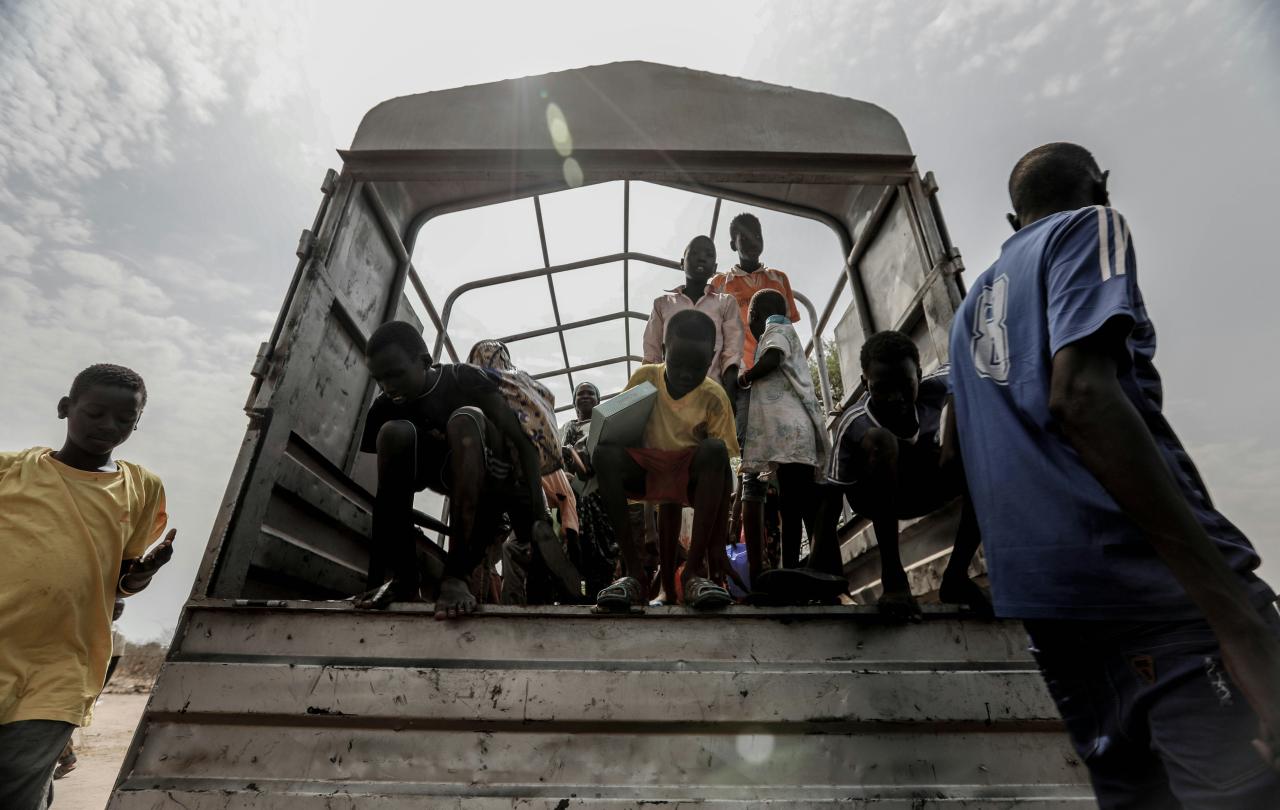Yet forgive me if I take all this with a pinch of salt. The popularity of Christianity has always waxed and waned throughout the last two thousand years. There are times when it has been the flavour of the month - or the century - such as when it started to become the official religion of the Roman Empire 300 years or so after the time of Jesus. Yet popularity brings its dangers. When Christianity becomes cool, it has a tendency to lose its soul, its radical nature diluted by the flocks of people drawn to the cross as a kind of fashion accessory. At other times it has dwindled to a few hardy souls braving it out, like the eleven fearful disciples huddling together in Jerusalem, looking for an escape route after the execution of Jesus, or the tough, rugged Christians who carried on praying during years of persecution, often paying for their faith with their lives.
Christianity’s claims to truth are not dependent on a referendum. For us Christians, our faith remains true whether or not people believe it. The fact that more people may be going to church now than a few years ago doesn't make the Christian faith any more or less true. I've never taken the predictions of the church's demise too seriously. Which is why I'm not one for putting out the bunting when the predictions go the other way.
This why it seems to me that, like Mark Twain, believers in Jesus ought also to be a little sceptical of statistics. Numerical projections and probability theory have their uses in trying to spot social trends, but they don't have much bearing on questions of truth. After all, statistical analysis of what tends to happen to dead people would never have predicted the Resurrection.
The appeal of Christian faith is precisely the fact that it's not based on how many people believe it. It centres on an event where the eternal became temporal, where God entered into human history in the shape of a Galilean rabbi. It therefore transcends time and space, opinion polls and surveys. It gives a confidence rooted not in the swinging mood of public opinion, up one minute and down the next, but instead something lasting, permanent and reliable.
So be glad, if you want, at the prospect of a coming renewed wave of faith. But don’t be fooled into thinking this proves anything. As Jesus once said: “Do not rejoice at this, that the spirits submit to you, but rejoice that your names are written in heaven.”






